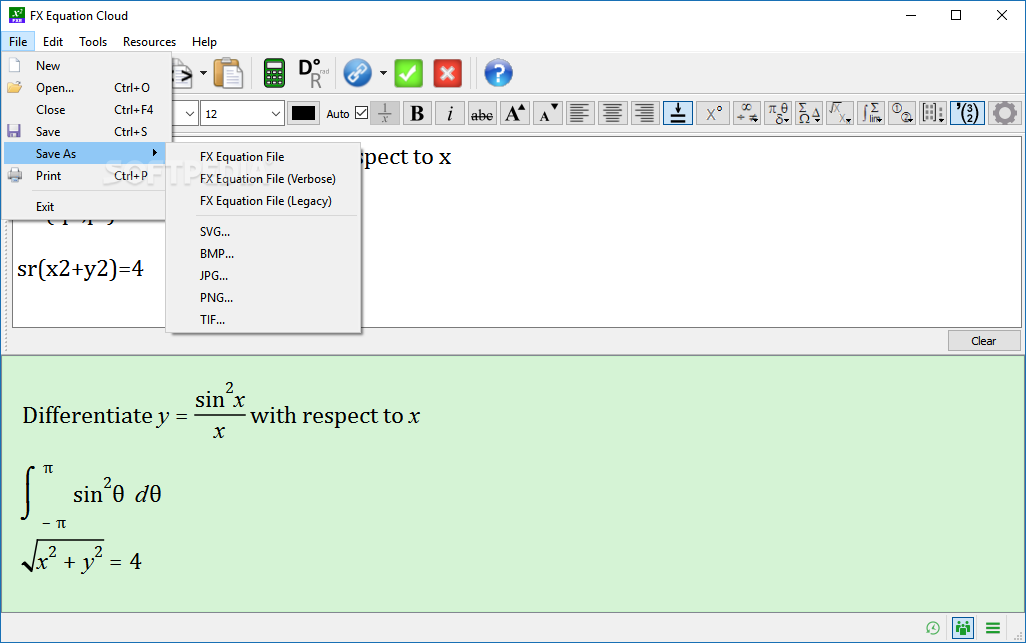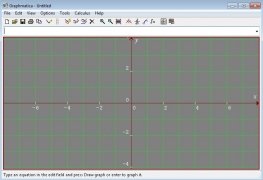

The goal of neuroeducation (also known as mind and brain education or educational neuroscience) is to solidify a scientific basis in teaching and learning. As we continue to unravel the issues and limitations of traditional education, many solutions involve a better scientific basis behind how we teach. Hence, a better understanding of how our brains operate can result in a better understanding of learning.

What Is Neuroeducation? All human abilities, including learning, are a result of our brain activity. This comes with attempts for a more objective understanding of learning that is based on evidence. The new discipline, neuroeducation, serves to apply the scientific method to curricula design and teaching strategies. Instead of being based on traditional or individual assumptions about learning, education is beginning to be treated more like a science.

As technologies like brain mapping and scanning continue to advance our understanding of the human brain, a sub-sector of experts are applying those findings to the classroom. In recent decades we’ve seen the rise of an emerging interdisciplinary field that brings together neuroscientists and educators. Tool 1.4 recasts the Learning Principles so that they are focused on the educators, leading to the identification of priorities and strategies for action."Īs neuroscience brings greater understanding of the human brain, experts are applying those findings in the classroom to improve how we teach and learn.
#GRAPHMATICA FREE DOWNLOAD#
Tool 1.3 puts learners centre stage by getting schools to juxtapose the perceptions of staff with the views of learners themselves. Graphmatica Graphmatica By kSoft Free to try Download Now Developer's Description By kSoft Graphmatica is an equation plotter with numerical and calculus features. Muhammad Muddassir Khan MBA (MIS) Institute Of Business Management MCS (SE) SZABIST M. Tool 1.2 builds on the Learning Principles through a Spiral of Inquiry as developed in British Columbia, Canada. GRAPHMATICA A Quick Start By Muhammad Muddassir Khan 2. Tool 1.1 gets learning environments to interrogate how well they are organised so as to optimise young people’s learning, using either a relatively rapid scan or more profound review. These Principles maintain that learning environments should: make learning and engagement central ensure it is understood as social be highly attuned to learners’ emotions reflect individual differences be demanding for all while avoiding overload use broad assessments and feedback and promote horizontal connectedness. Changing Theta Range now redraws the affected polar graphs."The overview section presents: a) the Learning Principles themselves, b) the Principles recast around teachers and educators. Fixed formatting of equations produced by Find Derivative so derivatives of tan(x) and cot(x) graph correctly on reload.Ĩ. Fixed issues which could cause a fatal error graphing an equation to also corrupt memory or crash the program.ħ. You can of course add explicit parentheses around function parameters to clarify your intent.Ħ. For instance, y = sinx cosx now parses as y=(sin x)*(cos x) rather than y=sin(x*cos x). Adjusted associativity of implied function parameters to assume that a factor which contains another function call was meant to multiply the first function call, not the function parameter. The single shared point is now evaluated to see if it is an intersection or not.ĥ. Fixed bug which caused Find Intersection on two curves with only a single point of their domains in common to display a spurious "Cannot solve this equation using Newton's method" error. Fixed bug which could cause the "Guess for off-screen intersection" entered in the Find Intersection dialog box to be ignored.Ĥ. Fixed a rare memory corruption issue in curve fitting code.ģ. Fixed y=x^(-(2/3)) to be correctly identified as an even power, so it draws both sides of the graph.Ģ.


 0 kommentar(er)
0 kommentar(er)
